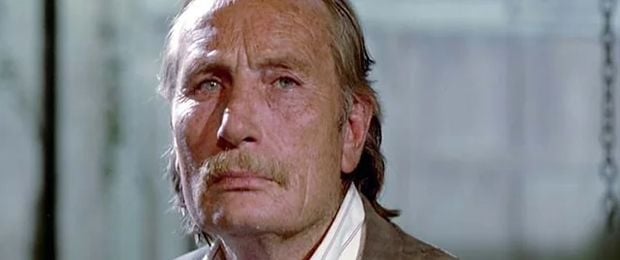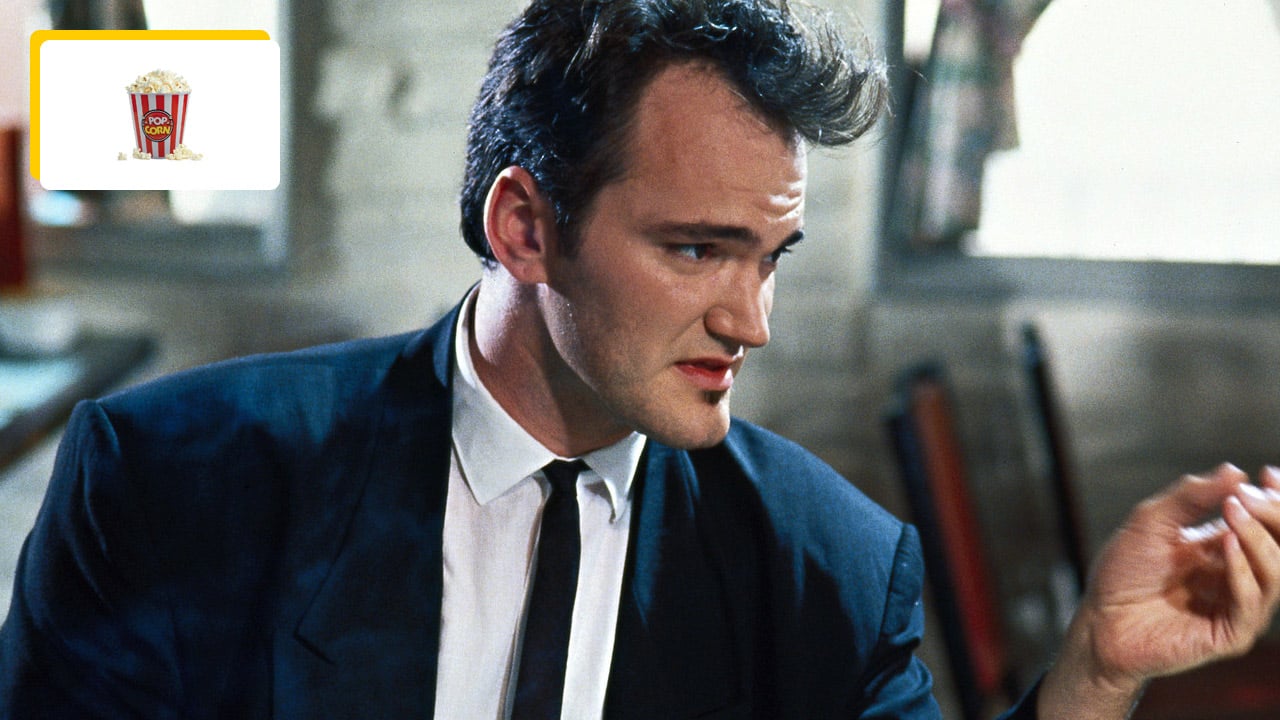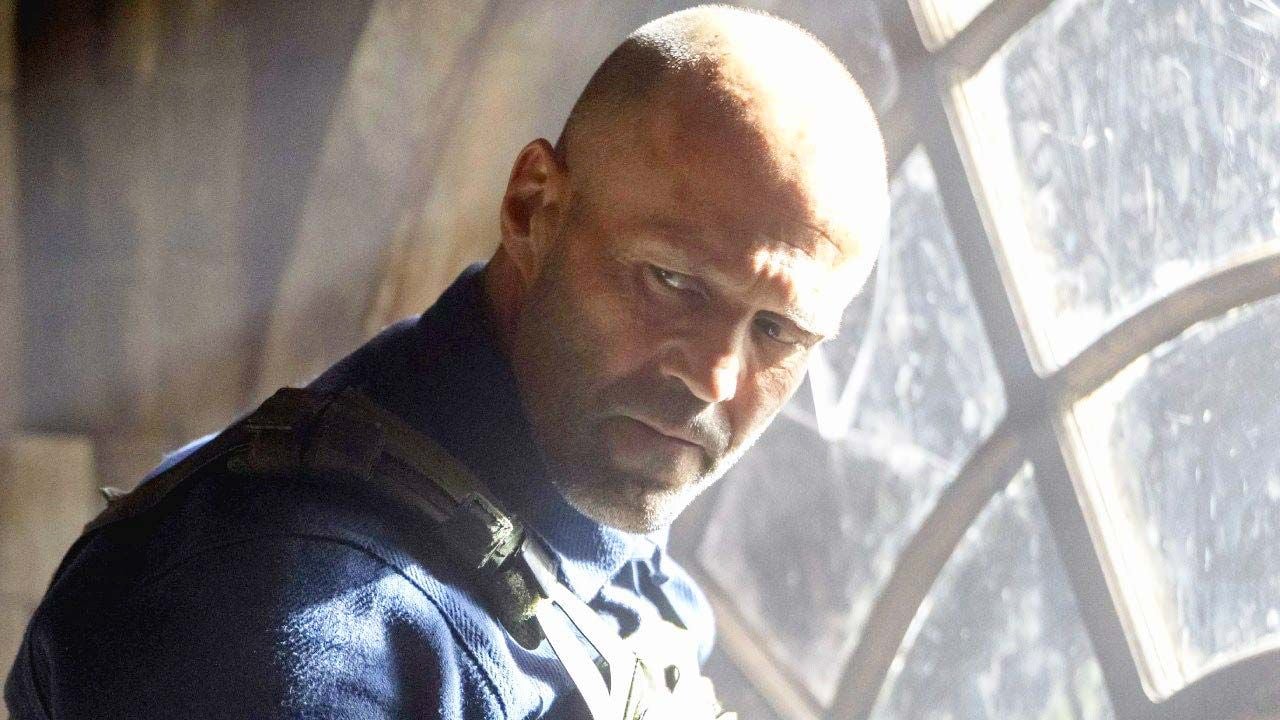Presented out of competition at the Cannes Film Festival in May 1992, Reservoir Dogs was received with particular enthusiasm. Then the world discovered a 29-year-old director with a bright future in addition to becoming the new darling of independent cinema: Quentin Tarantino.
The film that catapulted Tarantino’s career into orbit had a fantastic cast: Harvey Keitel, who also directed the film, Tim Roth, Steve Buscemi, Michael Madsen, Chris Penn, and Lawrence Tierney, who plays the patriarch and chief. robbery. At that time, this 70-year-old actor already had a difficult reputation ahead of him. In addition to his regular drinking problems, the fighter, who regularly had some trouble with the police, was known to be difficult to control on set, Tarantino recounted.
These professional thieves are identified only by color-coded names (homage to the subway pirates). Among them is one who is less talked about, who calls himself “Mr. Blue”; This is actor Edward Bunker. We see very little of him at the end: at the very beginning, in the opening scene in the restaurant where all the thugs are talking; and in a short scene where he is given his codename.
The presence of Edward Bunker in the credits is disturbing, in the sense that the person concerned was a true criminal before embarking on a brilliant career as a writer and, later, as a screenwriter for Hollywood.
Youngest offender incarcerated at San Quentin prison
From the age of 4 to the age of 17, Edward Bunker constantly juggled between reformatories, runaways and homes for young criminals. He was first incarcerated at age 17 at San Quentin State Prison, known as one of the toughest in the United States.
He managed to escape twice, including once for more than two years. During his years in prison, he belonged to the Aryan Brotherhood gang, known for its activities and murders in California prisons. Between various scams and armed robberies, he managed to avoid a 20-year prison sentence on a drug charge. He served another five years in prison before finally being released in 1975.
It was in prison that he discovered his interest in literature and especially writing. He began writing semi-autobiographical stories, an activity to which he devoted himself for some twenty years—interspersed with several publications—that he spent in prison.
Also during his detention, he was visited by screenwriter Alvin Sargent, who offered to work on a film adaptation of his novel. No beast so cruelReleased in 1973. Directed by Ulu Grosbard, performed and produced by Dustin Hoffman, the film, titled The Repeat Offender, was released in 1978, three years after the actual release of Bunker.
A career in the shadows of Hollywood
first experience as a screenwriter, repeat offender It also marks the first screen appearance of Edward Bunker, who will soon be seen on the poster of Andrei Konchalovsky’s Tango and Cash, director of Runaway Train, another 1985 adaptation of his novel. Also appearing in the first French film (Chameleon in 1996), Bunker was also a consultant on Michael Mann’s masterpiece, Heat.

Also to “Mr. Pink”, alias Steve Buscemi, in 2000 we owe the third adaptation of the work Bunker, Animal Factory (inspired by The beast against the walls), an action story set in a prison setting, with Edward Furlong and Willem Dafoe. In Advertising interview For this film adapted from his work, Edward Bunker explains that he gave Tarantino technical suggestions. Reservoir dogsAnd added that the scenario was not realistic. Which, moreover, was not the original intention of the filmmaker.
Bunker’s last screen appearance was in Halftime Mittard, a comedy with Adam Sandler that was released in 2005, just weeks before his disappearance.
Source: Allocine
Rose James is a Gossipify movie and series reviewer known for her in-depth analysis and unique perspective on the latest releases. With a background in film studies, she provides engaging and informative reviews, and keeps readers up to date with industry trends and emerging talents.







